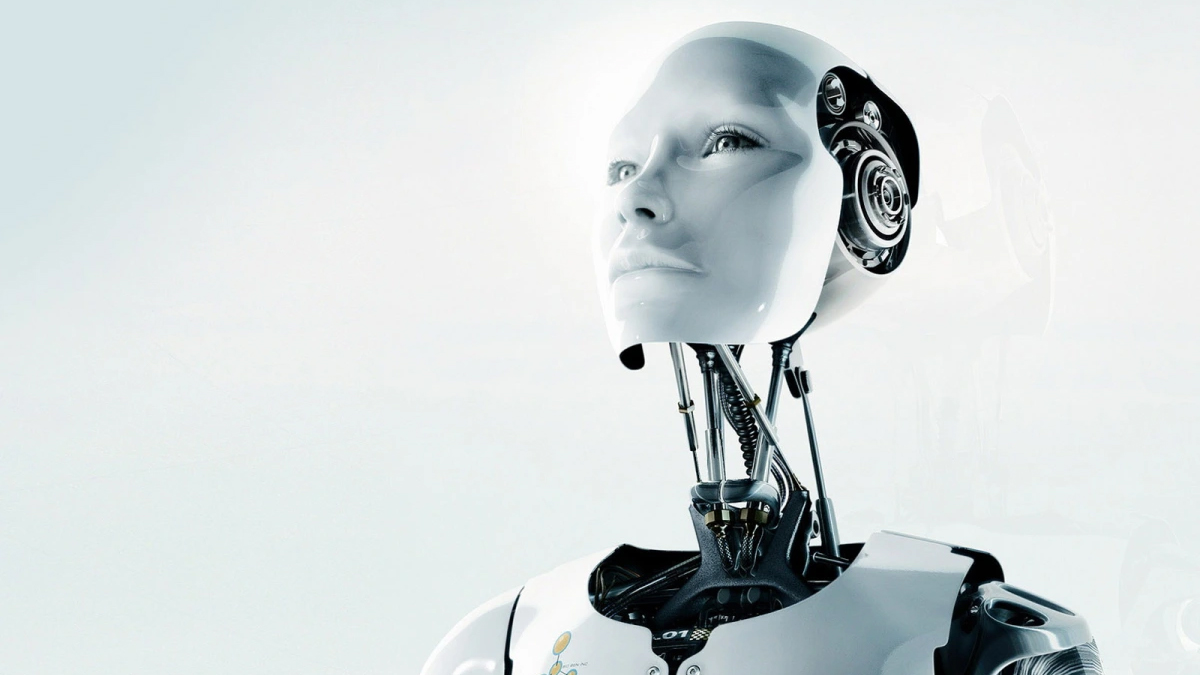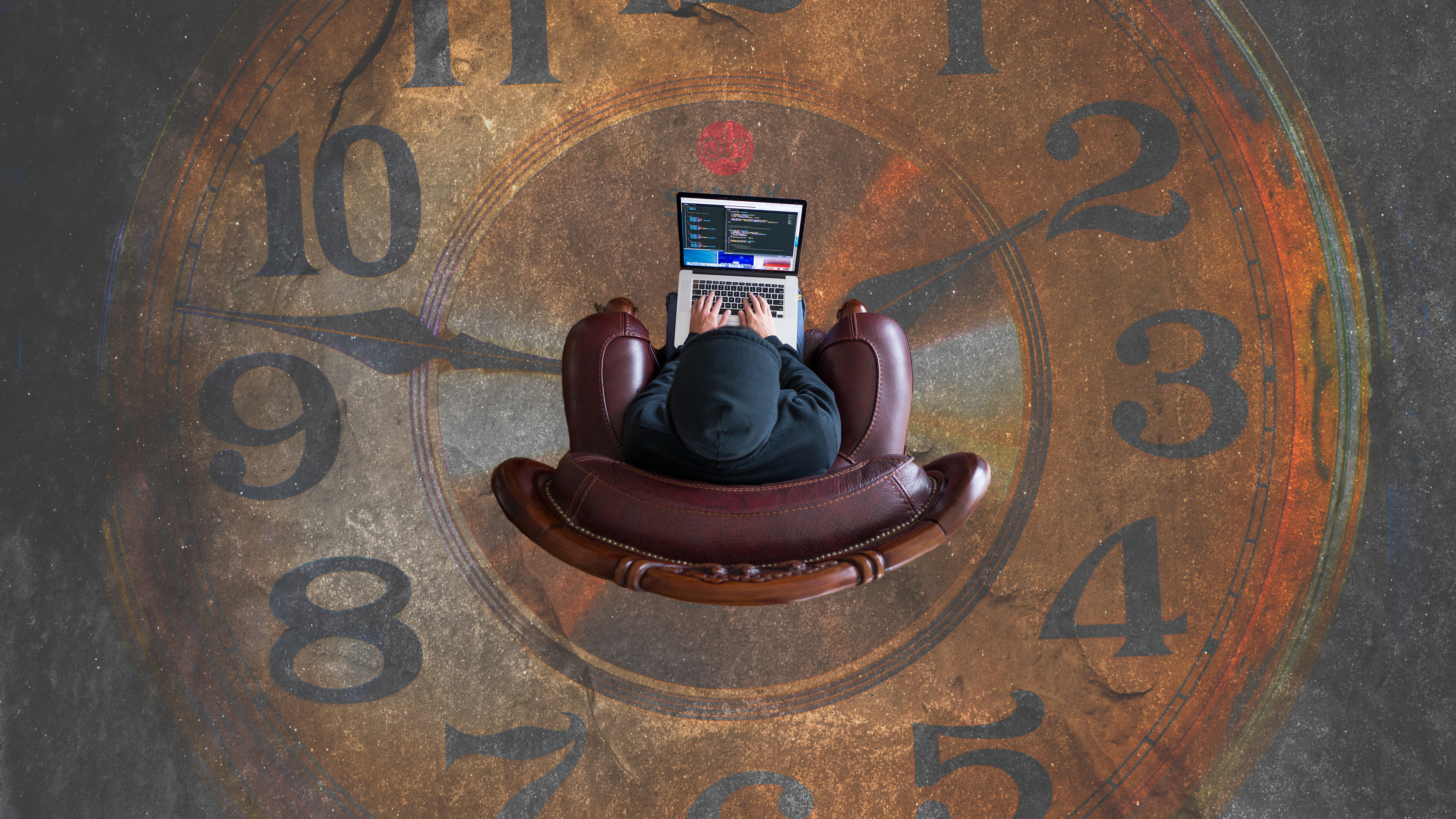
Artificial Intelligence and Sound UX: The New Frontier for User Experience
New automated tools further expand the range of possible applications of sound in the user experience, helping companies, brands, and even humans to communicate better.
Regarded as the next step in technology, Artificial Intelligence (AI) has left many people worried of what the future holds. But like all tools that came before, AI can also be an ally. Synthesized voices are already present in a variety of applications, and it can be predicted that in the future, our world will be guided by voice, and this trend is likely to increase. There are numerous possibilities in the realm of Sound Branding and Sound UX.
Through deep learning and the analysis of trillions of data available on the internet, artificial intelligences have been creating and recreating synthetic voices that are becoming increasingly similar to human voices as algorithms are perfected. From there, it is possible to produce unusual covers “sung” by famous artists, politically biased deep fakes, and even a completely “new” voice formed by predefined parameters and personality attributes.

It’s exciting because the creative and technical possibilities are immense, but at the same time, it can be quite frightening. Alongside this progress, we will have to come up with solutions to the problems that arise from these tools, which challenges certain established rules, such as human rights and copyright. There is much to discuss and mature in this regard.
You have probably received a call that you immediately identified as being from a virtual telemarketing assistant. Well, in the near future, it will be even more difficult to make that distinction. However, there are more encouraging examples, such as the voice on TikTok that narrates video content. Text-to-speech synthesis is a way to transform written text into audio, but with natural and human-like speech.
Despite the many possibilities for cybercriminals, Text-to-Speech has been helping brands, companies, and individuals communicate in a new way that previously seemed impossible. In addition to being easily adapted to other languages, thus expanding the audience reach for virtual assistants, this tool has also helped people who have lost their voices to be heard.
The advancement of artificial intelligence allows machines to reproduce speech patterns, tones, emotions, and accents, creating virtual assistants and chatbots capable of simulating real-time responses. For a brand or company, this can have an impact on accessibility, customer relationships, marketing, translations, and many other aspects of the business.


Sound in the Metaverse
We are constantly surrounded by sounds, from birds to car horns, creating a more realistic atmosphere in immersive experiences in the virtual world.
Last year, Meta, the company responsible for Instagram, Facebook, and WhatsApp, announced the creation of three artificial intelligence models focused on making sound in their metaverse more realistic and the experience more immersive in their virtual environment. “Acoustics play a role in how sound is experienced in the metaverse, and we believe AI will be crucial in achieving realistic sound quality,” said the researchers.
The Meta team worked in partnership with scientists from the University of Texas to develop tools focused on human speech, adjusting, for example, the acoustics of meetings, cinema sessions, metaverse parties to match how participants’ voices sound in the real environment. The company’s next step is to use artificial intelligence to trigger emotional memories.
“Imagine being able to put on a pair of augmented reality (AR) glasses and see an object with the option to evoke a memory associated with it, like picking up a tutu skirt and seeing a hologram of your daughter in a ballet performance,” explained Meta.
Artificial Intelligence in User Sound Experience (Sound UX)
The Meta example demonstrates how the use of sound through artificial intelligence has multiple and infinite applications. However, brands do not necessarily need to be in the metaverse to explore the benefits of these tools, even though we have only scratched the surface of what they can provide.
Last year, the winner of the Webby Awards in the Science category for Websites and Mobile Sites was a project that used artificial intelligence to recognize users’ emotional states based on their tone, volume, and voice. After analysis, the algorithm suggested a song specifically chosen for the identified emotion in the interlocutor.
We have discussed the power of Sound UX in building emotional memories and evoking positive sensations in audiences. Although artificial intelligence is unfolding new ways to promote these connections, the concept remains the same: sounds activate emotions, whether it’s on a mobile phone, the ambient music in a store, the tone of voice on a loudspeaker, or the intrusive telemarketing calls.
It’s all very new, and we don’t yet know the effects of this ongoing revolution. Let’s observe and responsibly create ways to reach people’s emotions so that brands can fulfill their purpose in the most coherent way possible.
Perhaps our greatest concern is the risk of love being lost amidst this process of artificialization. But as Bjork anticipated in the song “All Is Full of Love” with the lyrics, “You’ll be given love, you have to trust it”

Have you ever wondered what sensations people experience when they visit your website or enter your store? Do you want to know how to better explore the sonic universe of your brand, the benefits it can bring, and the possible applications? Talk to us!

Next article
Dangerous Calls: How Not to Do Sound UX for Your Brand?
Our senses are essencial in our interactions and experiences. A well-designed Sound UX makes for a more satisfying experience.
Read more